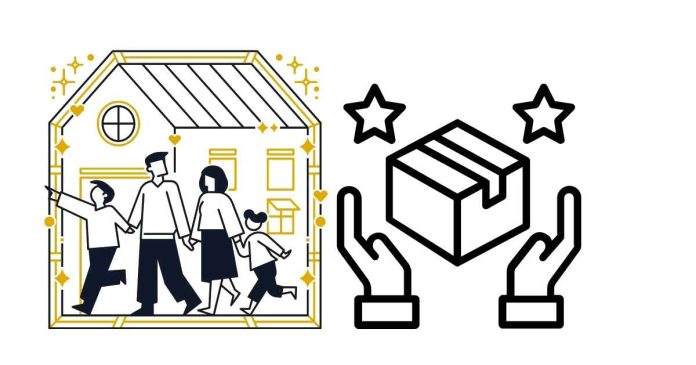Service-Oriented Architecture (SOA) is an architectural pattern in software design where software components, known as “services,” communicate with each other over a network, typically using web protocols. The primary idea is to break down large applications into smaller, modular services that can be independently developed, deployed, and maintained.
Key Concepts of SOA:
- Services: These are discrete units of functionality that are designed to provide specific business operations. They are typically stateless and reusable.
- Loose Coupling: Services in SOA are loosely coupled, meaning changes in one service do not directly impact others. This makes it easier to modify or replace parts of the system without breaking everything.
- Interoperability: Since services communicate over standard protocols like HTTP or SOAP, systems built using SOA can be easily integrated regardless of underlying technologies.
- Discovery and Composition: Services can be discovered via a service registry and composed into larger workflows or applications, allowing flexibility in how business logic is executed.
- Standardized Communication: Communication between services is often standardized, typically using protocols such as SOAP (Simple Object Access Protocol), REST (Representational State Transfer), or more recently, gRPC.
Benefits of SOA:
- Scalability: By breaking down an application into separate services, it’s easier to scale the parts of the system that are under more load.
- Flexibility: New services can be added without disrupting existing systems, enabling easier updates and changes.
- Reusability: Services can be reused across different applications or parts of an organization.
Challenges of SOA:
- Complexity: Implementing and managing many independent services can lead to complexity, especially when dealing with network latency, security, and data consistency.
- Performance: The overhead of communication between distributed services may lead to performance issues if not properly optimized.
- Governance: Managing, monitoring, and securing many services can be more challenging than with monolithic applications.
SOA is often used in larger, enterprise-level systems, where scalability, flexibility, and integration across different systems are priorities.
Are you looking into SOA for a specific project or just exploring the concept?


